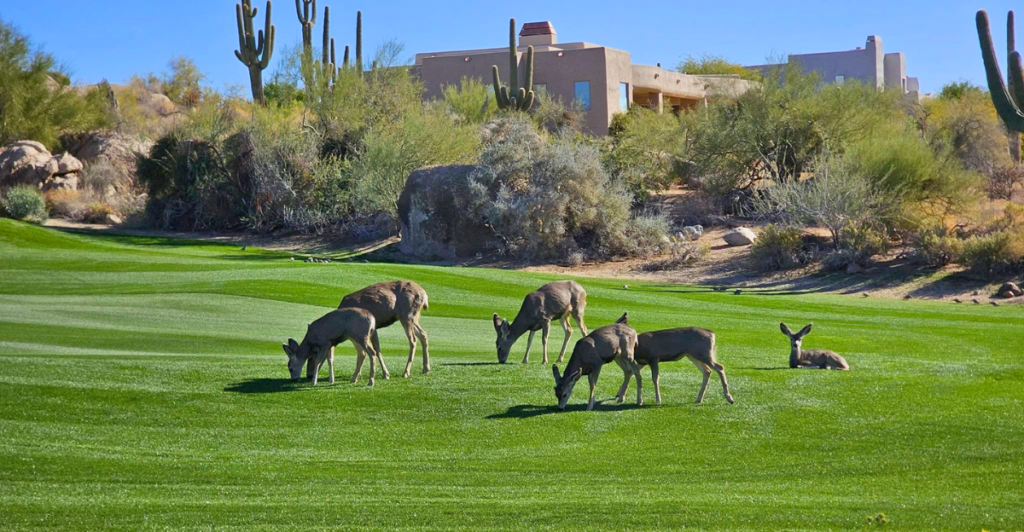
Traditionally seen as recreational spaces for enthusiasts, golf courses are increasingly recognized for their potential to serve as wildlife sanctuaries. With expansive green spaces, water features, and varied landscapes, these courses can provide essential habitats for numerous species. This transformation benefits biodiversity and enhances the ecological value of urban and suburban areas. By adopting sustainable practices, golf courses can play a pivotal role in conservation efforts, offering refuge to wildlife amidst growing urbanization.
The Role of the Audubon Cooperative Sanctuary Program
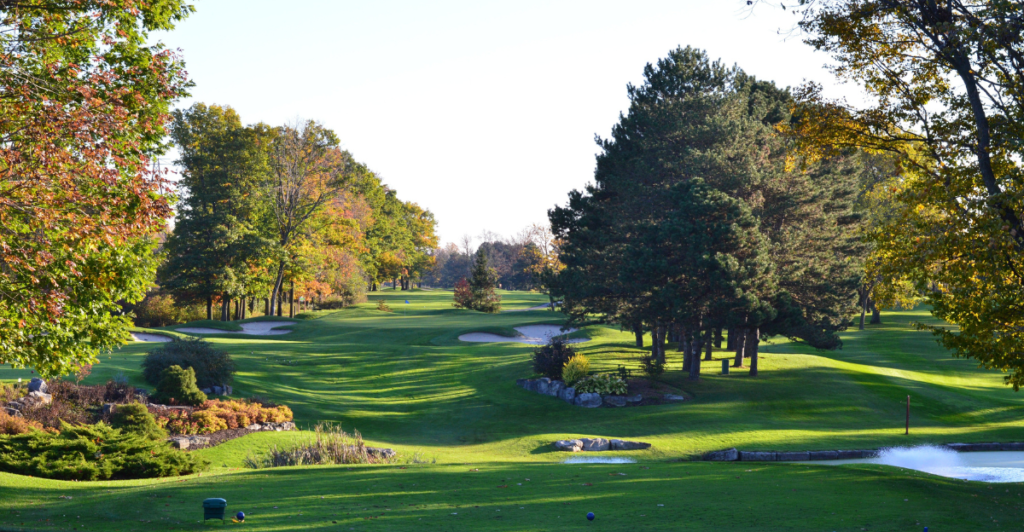
The Audubon Cooperative Sanctuary Program for Golf Courses guides facilities in protecting natural resources and enhancing environmental quality. Participants work on projects to improve wildlife habitats, conserve resources, and engage in sustainable practices. This program emphasizes ecological planning, wildlife and habitat management, water conservation, chemical use reduction, and outreach. By following these guidelines, golf courses can achieve certification, signaling their commitment to environmental stewardship.
Hole In The Wall Golf Club
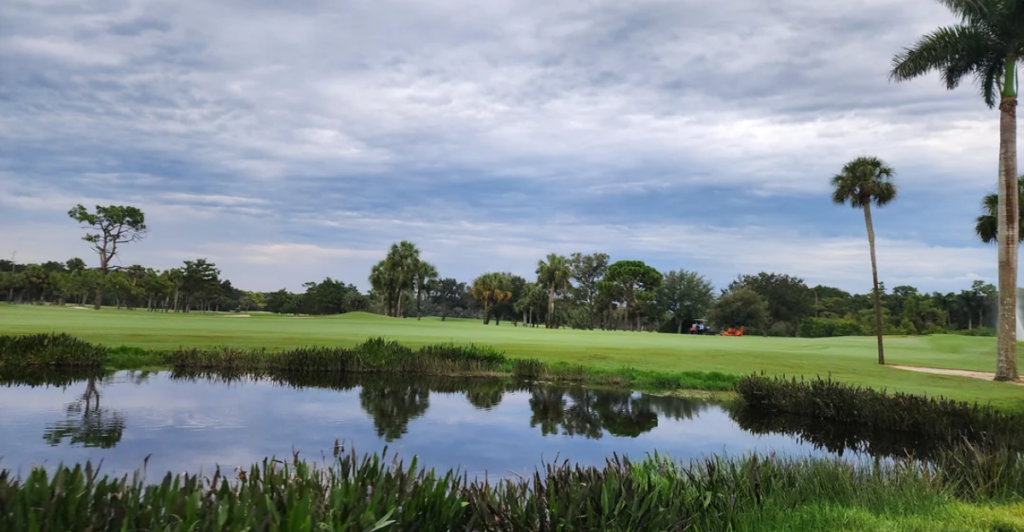
Located in Naples, Florida, the Hole In The Wall Golf Club exemplifies the integration of golf and conservation. The club’s property includes nearly 50 acres of wetlands set aside for wildlife conservation and is certified as an Audubon Cooperative Sanctuary. The conservation land comprises cypress swamps, woods, and lakes, providing habitats for gray foxes, bobcats, and various bird species. This initiative highlights how dedicated conservation efforts can coexist with recreational activities.
Benefits of Naturalized Rough Areas
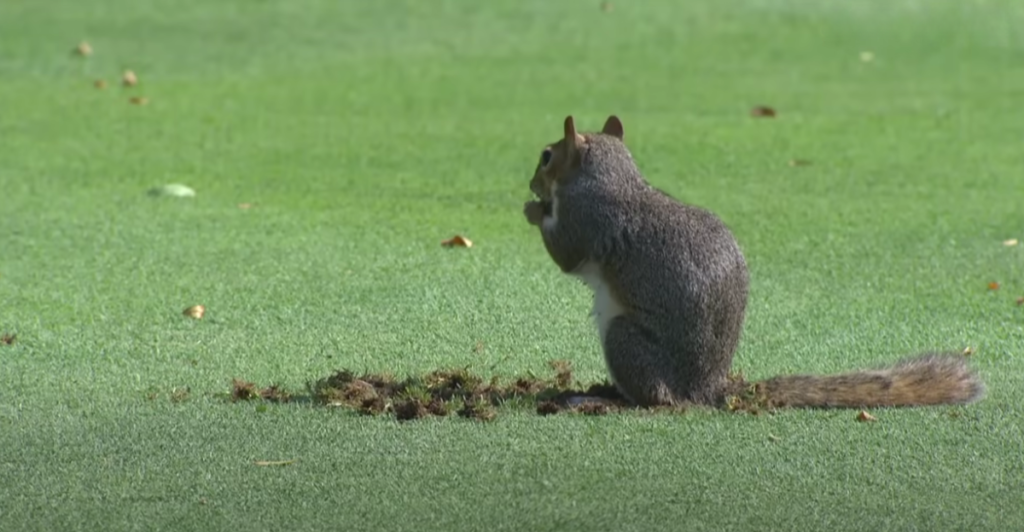
A growing number of golf clubs have converted out-of-play rough areas into protected zones where minimal maintenance occurs, allowing wildlife to thrive undisturbed. These naturalized areas reduce maintenance costs and provide habitats for birds, insects, and small mammals. Such practices enhance biodiversity and create a more sustainable golfing environment.
Water Features as Wildlife Habitats
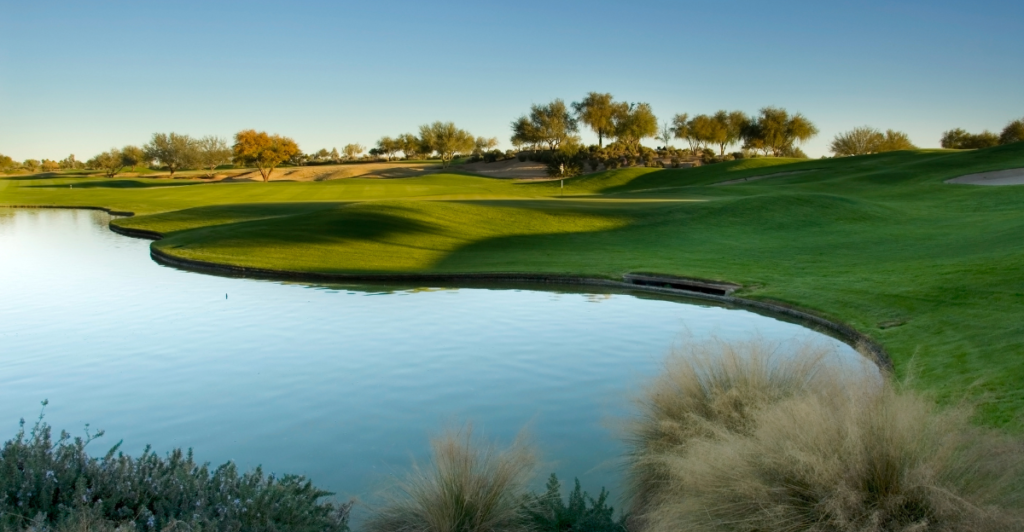
Golf courses often feature ponds, lakes, and streams that can serve as vital habitats for aquatic species and attract various birds and mammals. Proper management of these water features, including buffering aquatic habitats from chemical runoff and surrounding wetland areas with natural vegetation, can enhance their ecological value. Creating diverse pond types that mimic natural wetlands further supports wildlife diversity.
Challenges and Considerations
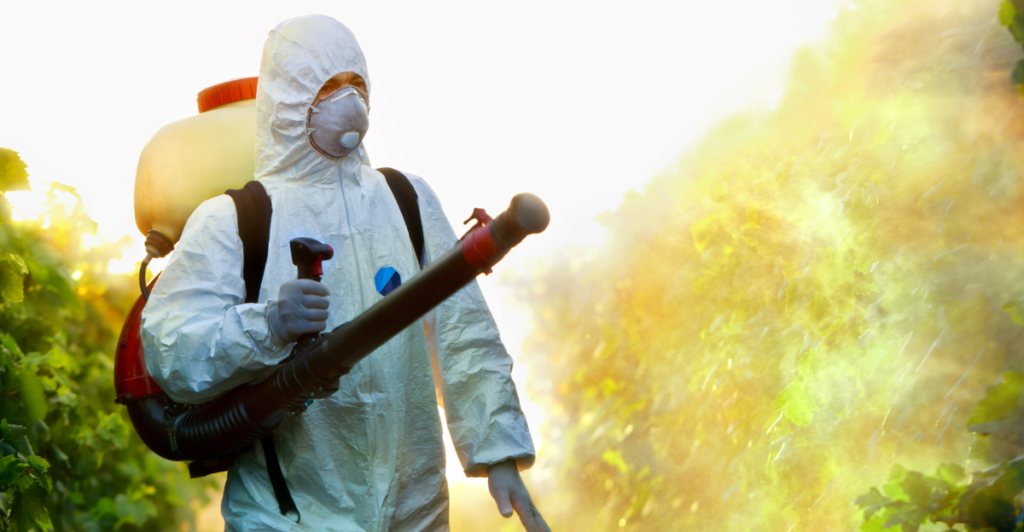
While golf courses have the potential to serve as wildlife sanctuaries, challenges exist. Balancing turf maintenance with habitat preservation requires careful planning. Additionally, using chemicals for course upkeep can negatively impact wildlife if not managed responsibly. Integrating pest management strategies and reducing chemical use are essential to creating a wildlife-friendly golf environment.
Global Examples: Vipingo Ridge, Kenya
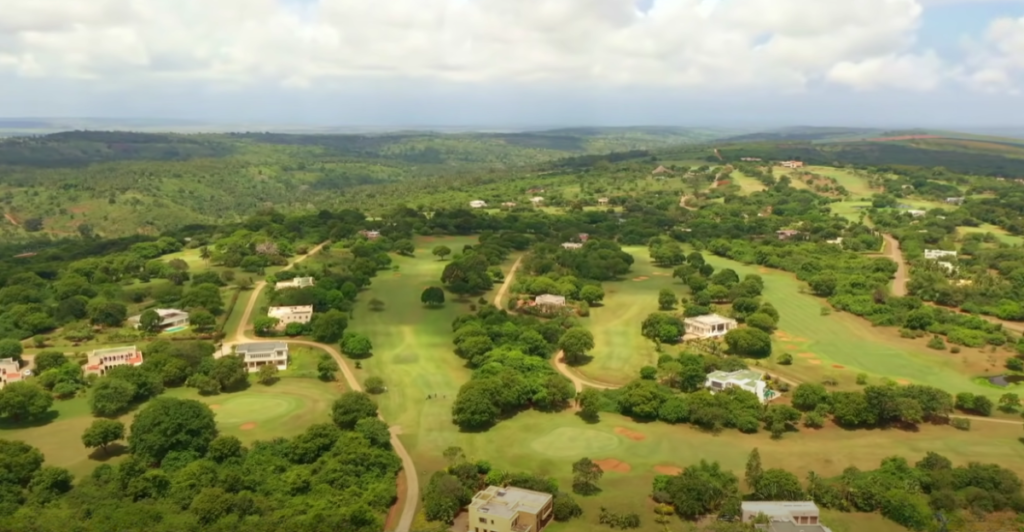
At Africa’s only PGA-accredited golf course, Vipingo Ridge in Kenya, wildlife such as zebras, giraffes, and monkeys roam freely around the grounds. This coexistence showcases how golf courses can harmoniously integrate with local ecosystems, providing safe havens for wildlife while offering unique experiences for golfers.
Community Engagement and Education
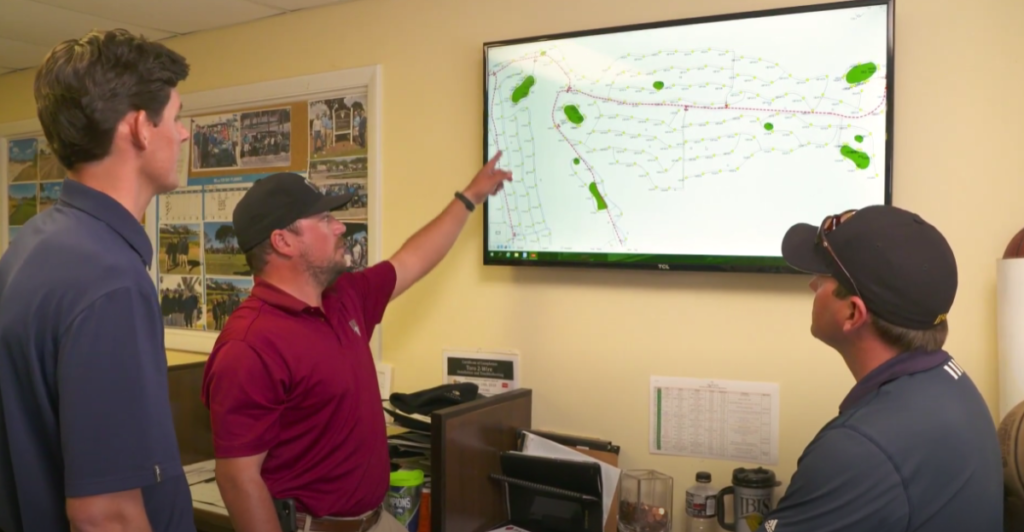
Engaging the local community and golfers in conservation efforts enhances the success of wildlife-friendly initiatives. Educational programs, wildlife tours, and informational signage can raise awareness about biodiversity’s importance and the role of golf courses in conservation. Such outreach fosters a sense of stewardship among players and the broader community.
Economic Advantages of Conservation
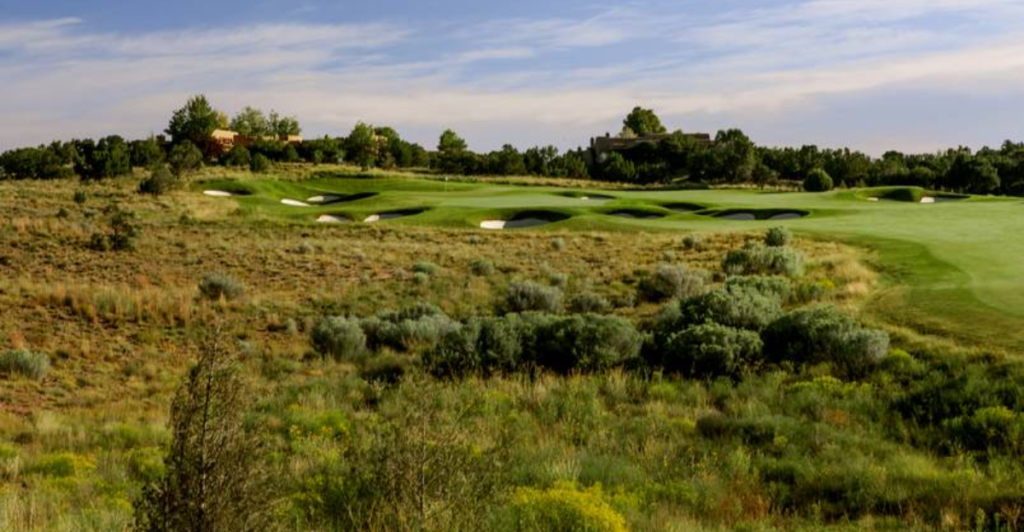
Implementing wildlife-friendly practices can offer economic benefits to golf courses. Naturalized areas reduce maintenance costs, and eco-friendly certifications can attract environmentally conscious golfers. Additionally, hosting bird-watching events or nature tours can provide alternative revenue streams, further integrating the course into the community.
Future Directions: Transforming Disused Courses
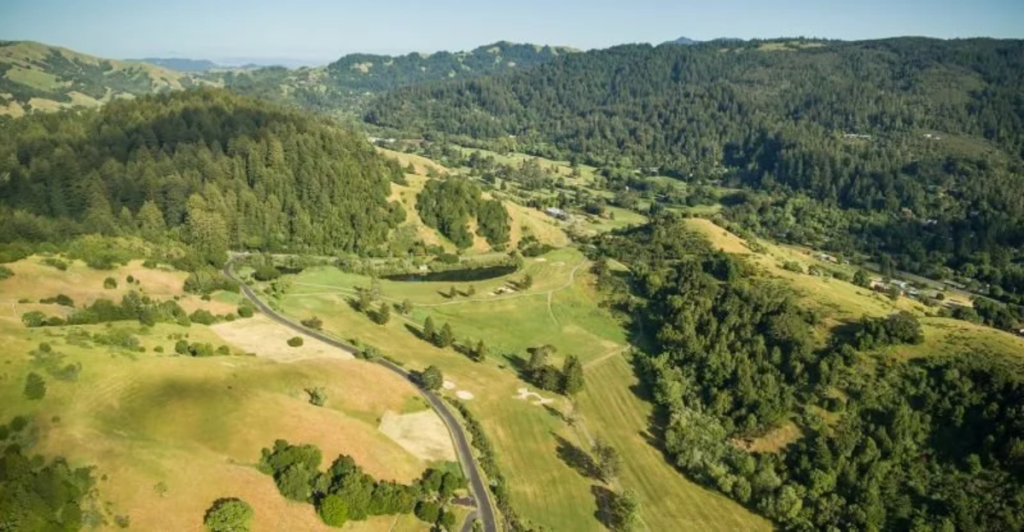
Some disused golf courses are being transformed into nature reserves, providing critical habitats for wildlife. For example, Sandilands, a former golf course on the Lincolnshire coast, is being developed into a nature reserve by the National Trust to support migratory birds and local wildlife. This trend highlights the potential for repurposing underutilized spaces for conservation.
The Importance of Certification Programs

Certification programs like the Audubon Cooperative Sanctuary Program provide structured frameworks for golf courses to enhance their environmental stewardship. These programs offer resources and recognition, encouraging courses to adopt sustainable practices that benefit both the environment and the golfing experience.
Balancing Recreation and Conservation
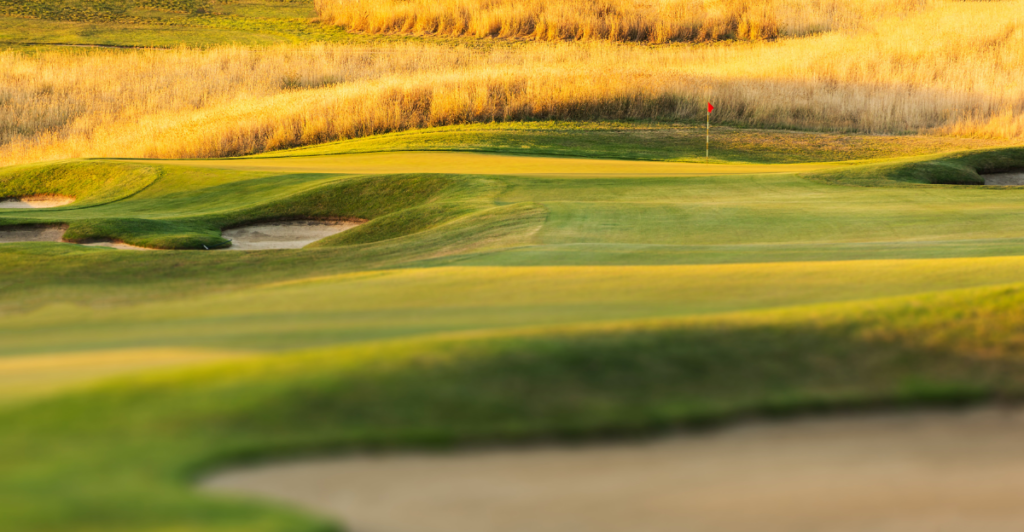
Integrating wildlife conservation into golf course management requires balancing recreational use with ecological considerations. By designating specific areas for wildlife, adjusting maintenance practices, and educating golfers, courses can provide enjoyable play experiences while contributing to biodiversity conservation.
A Green Future for Golf

As awareness of environmental issues grows, golf courses have the opportunity to become leaders in conservation. By adopting sustainable practices and actively managing their landscapes for wildlife, they can serve as unexpected sanctuaries, benefiting nature and the golfing community. This harmonious relationship between sport and conservation offers a promising path toward a more sustainable future.
Discover more of our trending stories and follow us to keep them appearing in your feed

The War on Cows Is Over—And Green Extremists Have Lost
Bobcats Are Making a Comeback—And They Might Be Protecting Us From Disease
California Is Breaking Apart: A Fault Line Is Forming Faster Than Anyone Predicted
Philanthropist Promises To Cover $771.23M Annually After US Exit From Climate Accords
References:
Reference 1
Reference 2
Reference 3
This article first appeared here
Stay connected with us for more stories like this! Follow us to get the latest updates or hit the Follow button at the top of this article, and let us know what you think by leaving your feedback below. We’d love to hear from you!







